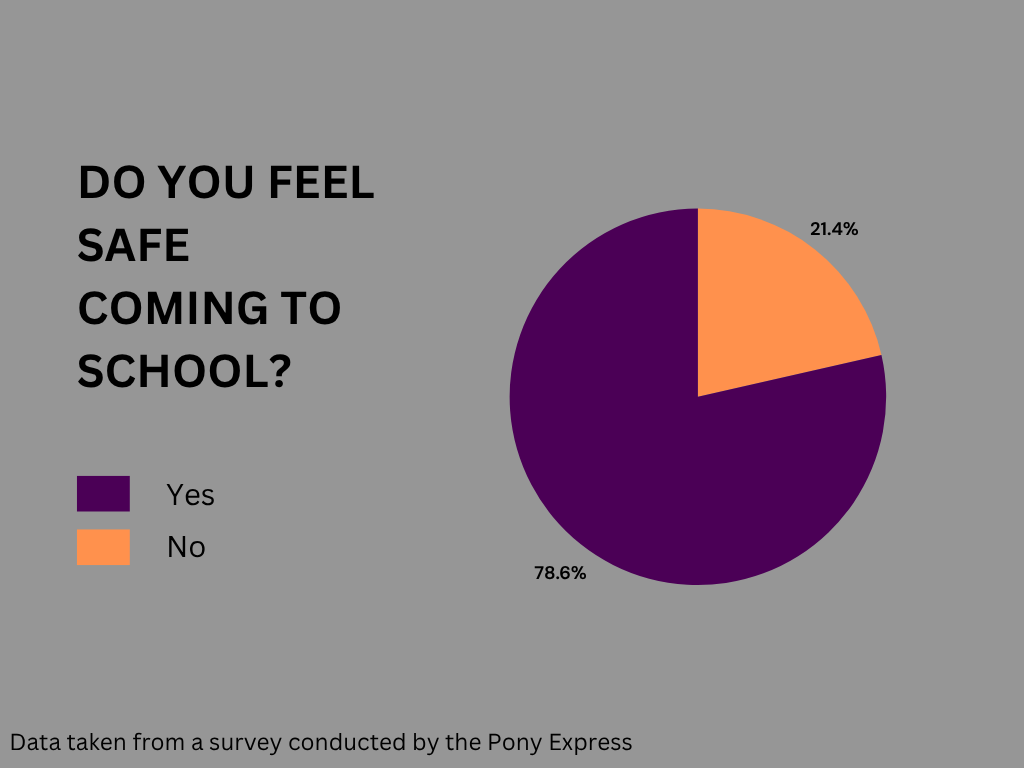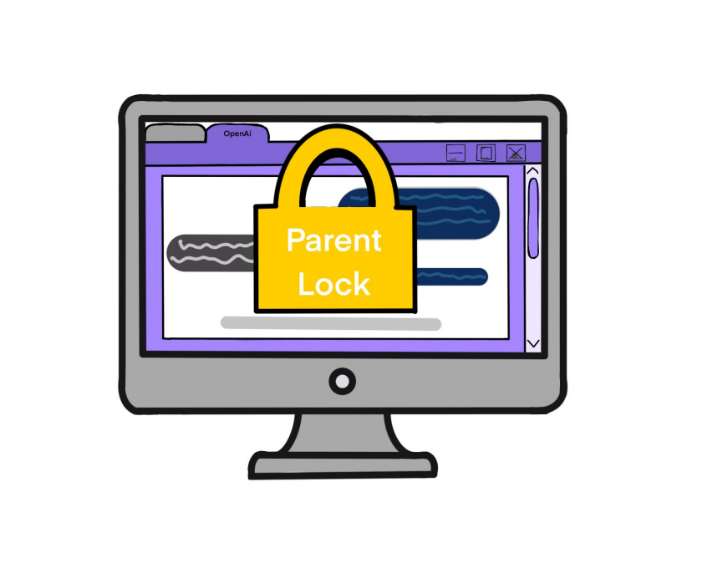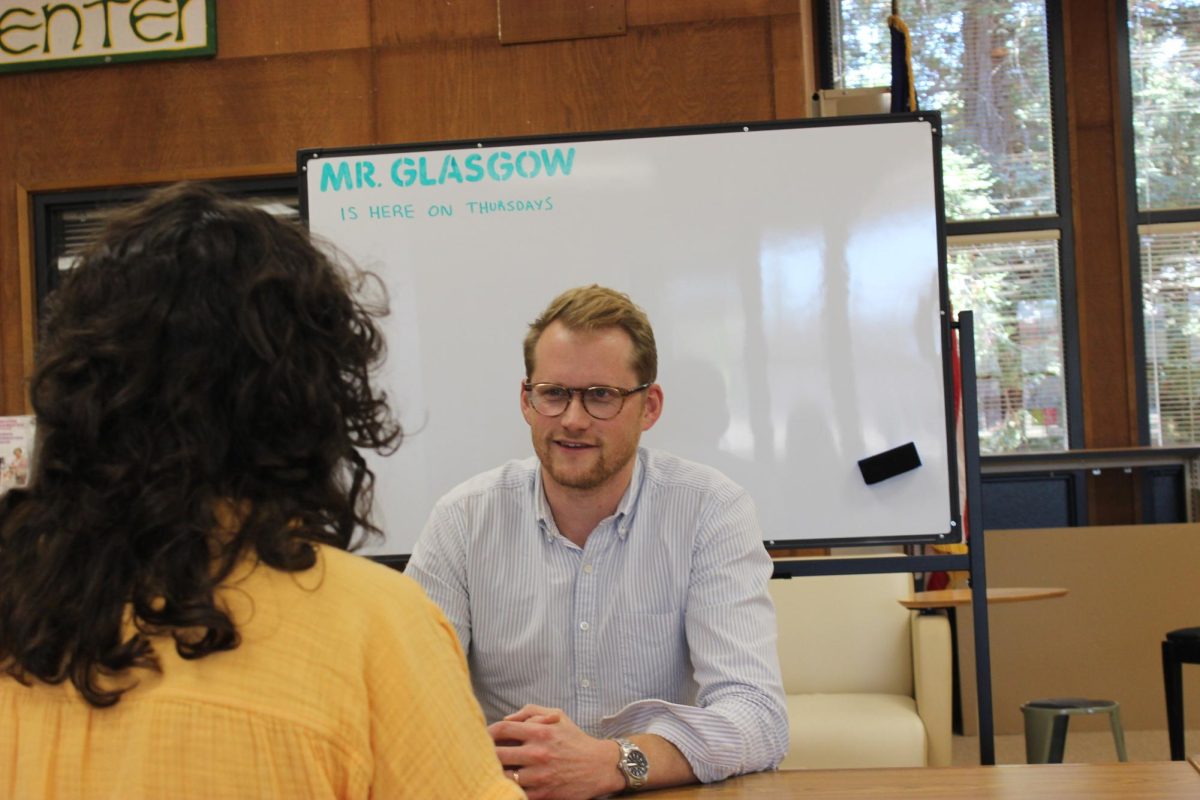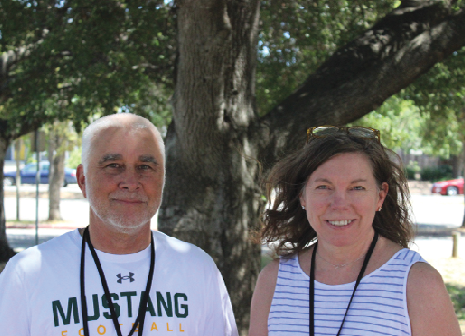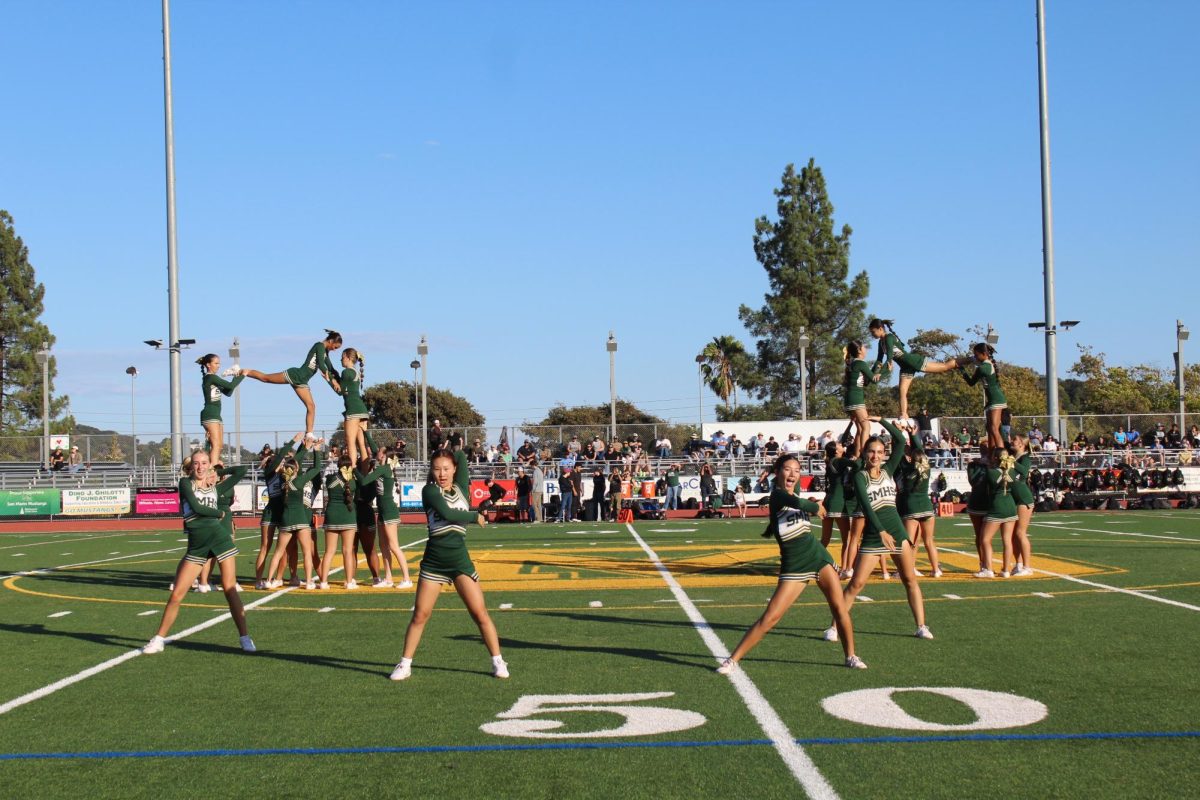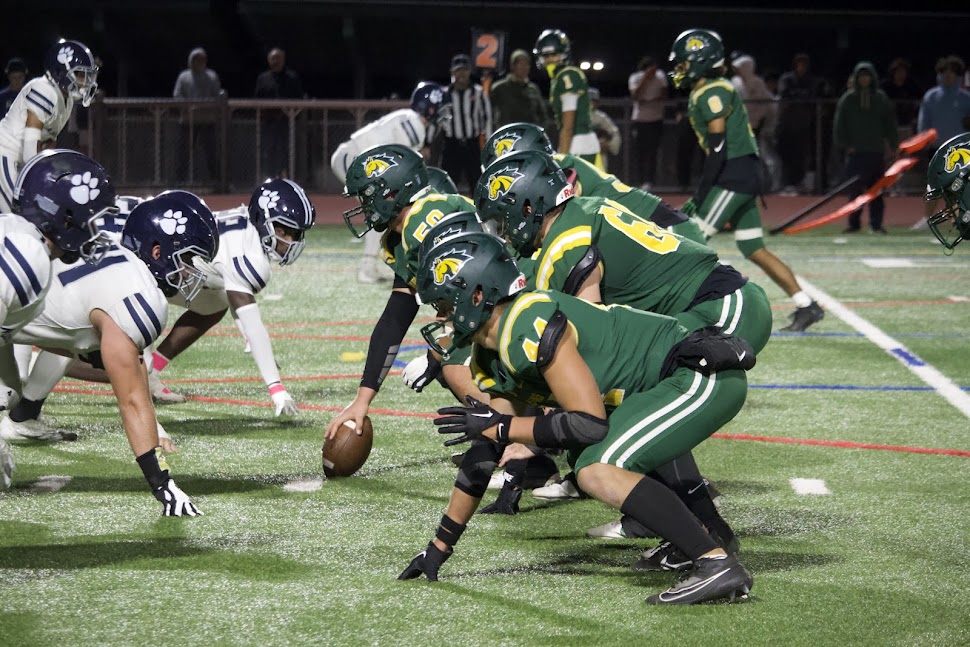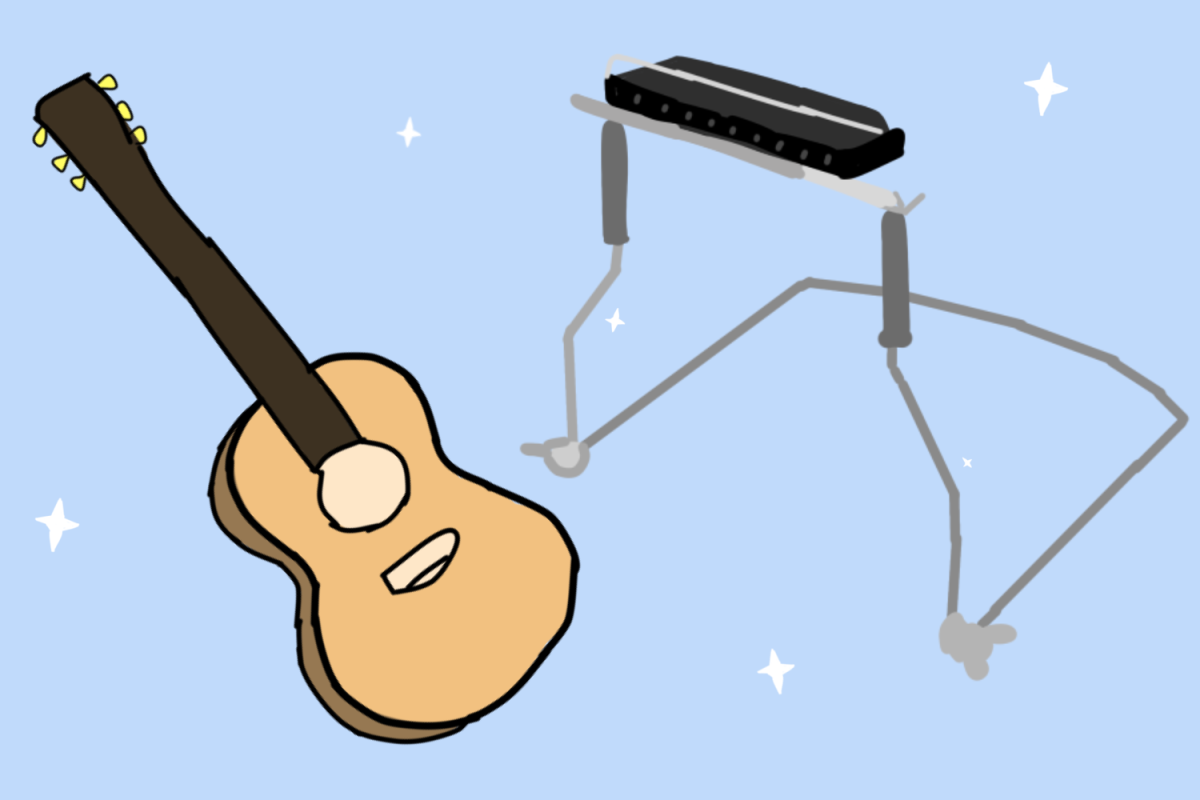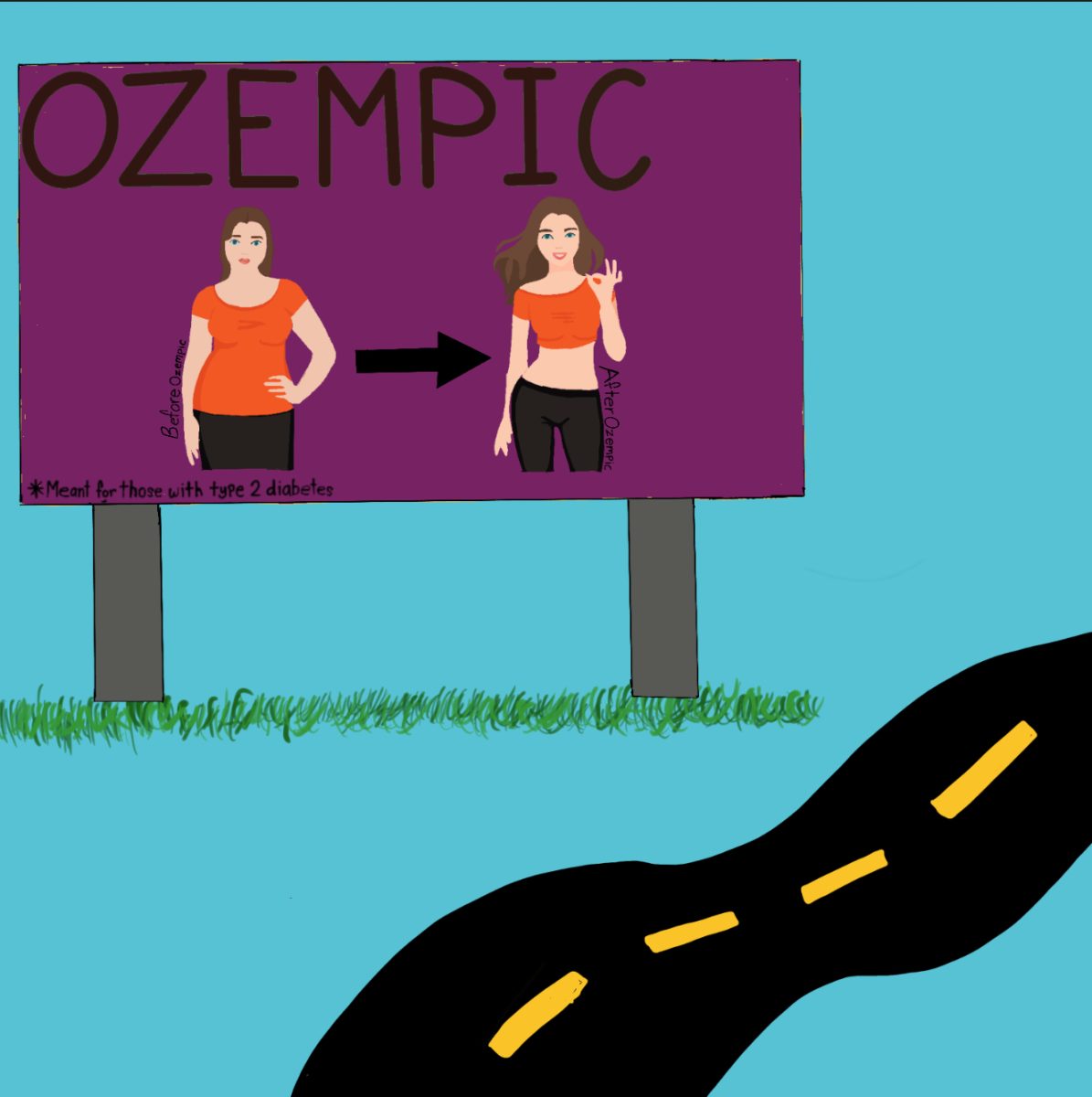As of this year, the Novato Unified School District (NUSD) has adopted a new grading system, the 0-4 proficiency scale. Almost all NUSD high school classes now use the scale to grade according to standards. Some students have not taken this change well.
Novato High students Paloma Hatch and Lukas Hassler agree on one thing; the proficiency scale needs help.
“If I could understand the scale, then I’d be more open, it’s also far too easy to get a 0.5 off one of your tests just like that,” Hassler said. “It’s too harsh most of the time.”
“I would prefer it if it was the same throughout our school,” Hatch said. “We have some classes where a 3 is an A- and then sometimes a 3 is a B. It’s too confusing.”
San Marin students have also expressed similar opinions.
“It just feels unnecessary,” San Marin sophomore Kate Wagers said. “Even if they didn’t mix the proficiency scale with the percentage system, it still doesn’t make sense. It’s a completely unnecessary change.”
On the other hand, Principal Jennifer Larson believes that proficiency grading abolishes the negative nature of grade averages.
“The proficiency scale is trying to accomplish a final grade for students instead of the average, like letter grades,” Larson said. “It’s a work in progress for San Marin to get to that point. The main issue the proficiency scale addresses is the bad habit that leaves students seeing assignments just as a way to inflate your grade when that isn’t the point.”
Many teachers also see the proficiency scale as beneficial.
“Proficiency based grading isn’t about the numbers, it’s about the words that go with those numbers,” Math Department Head Kimberly Laabs said.
STEM teacher Nick Williams adds that the proficiency scaling is a work in progress and is learning-focused rather than score-focused.
“The proficiency scale is still very much in development. While we don’t plan to change the meaning of each letter, we are still taking in feedback on the scale’s implementation,” Williams said. “The big picture is to move away from the stigma surrounding percentage grading. It’s learning, not a game of collecting as many points as possible.”
“The big picture is to move away from the stigma surrounding percentage grading. It’s learning, not a game of collecting as many points as possible.”
– Nick Williams
Science Teacher
Williams hopes that the continued use of the proficiency scale will allow it to feel the same as a letter grade.
“I really want to work on students getting used to the scale to the point where it has the same cultural recognition as the letter scale,” Williams said.
After using the proficiency scale since 2020, some staff feel that the proficiency scale cannot work with Aeries Gradebook. Aeries has been criticized for adding every assignment one at a time, leading to an incomplete grade at the time where students may check it. This has led to a lengthy discussion and process about what the next best fit system should be.
“We need something that doesn’t penalize students for receiving a low grade at the beginning of the year,” Larson said.
One solution is a new system called Empower Gradebook. Empower uses a graphing system to demonstrate why a grade is the way it is. Empower publishes grades at the end of each progress report. Before that time, Empower will physically show students how and what they exactly need to be “proficient.”
The system also uses a majority of evidence. For work like tests, evidence has to be shown by the teacher to explain why a student may be proficient or not in that specific subject. Empower prioritizes demonstrating “why” a student is proficient, or “how” that student can become proficient.
Empower has not been rolled out yet and is still being assessed. How Empower currently works can be subject to change at any time.

